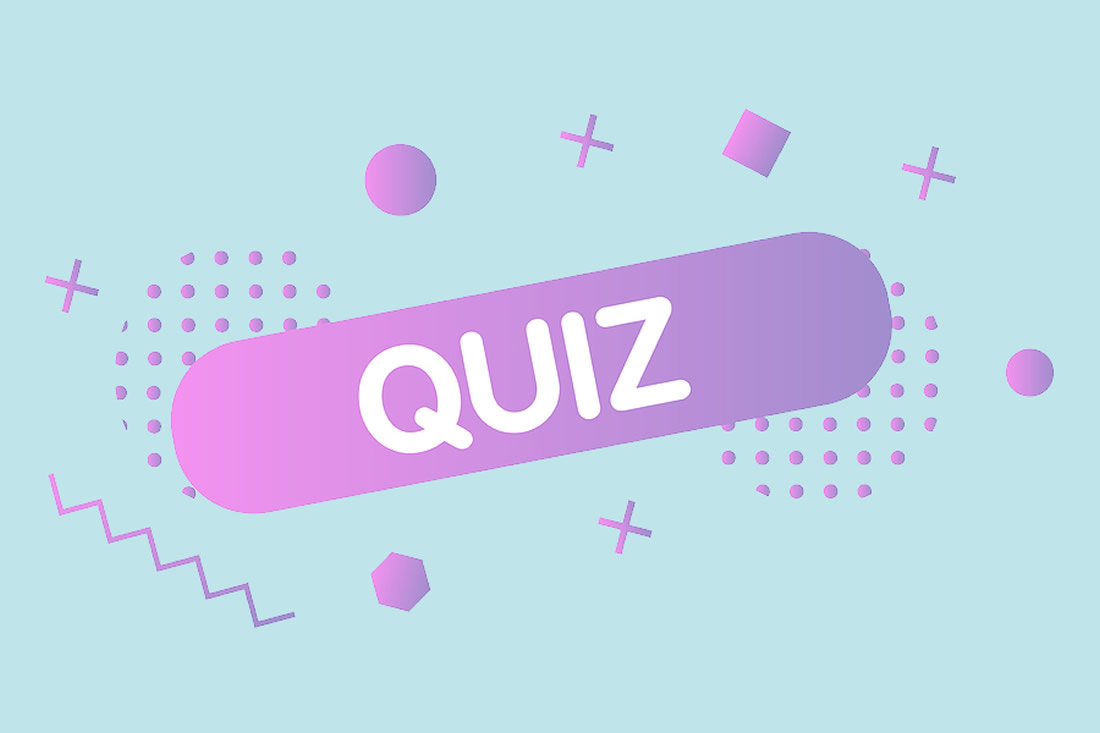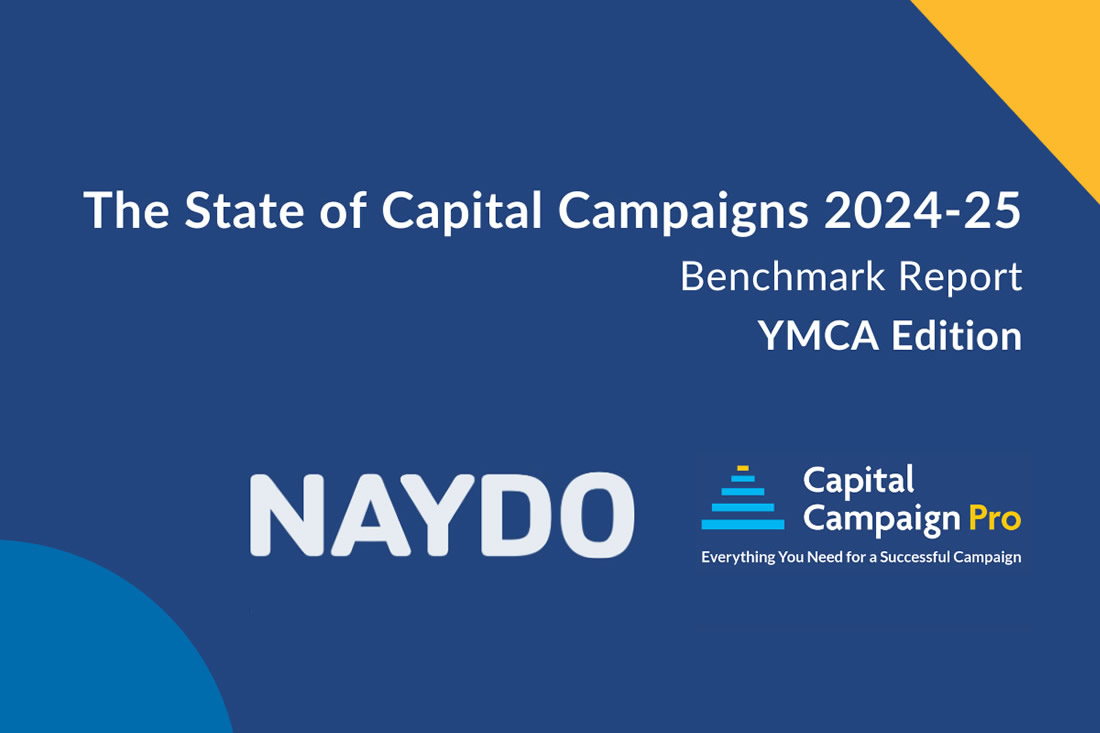Train Your Board About Capital Campaigns Using this Quiz

Many people have misconceptions and believe certain myths about capital campaigns. If your organization is heading into a capital campaign, you can have some fun with your board by giving them a pop quiz and then discussing the right and wrong answers.
Through this quizzing process, your board members will learn about standard misconceptions, and they’ll come to understand some important best practices.
Capital Campaign Quiz for Board Members
Below are ten multiple-choice questions. Note there is more than one correct response for some questions. The answer, along with a brief explanation, follows each question.
Suggested Instructions — Download the questions here and distribute them to each of your board members at your next board meeting. Ask them to take a few minutes to answer these questions. When everyone has finished, discuss the correct answers (in italics below) and dispel any misconceptions your board members may have.
1) How will your capital campaign affect your annual fundraising?
a. Annual fund will go down during the campaign.
b. Annual fundraising will stay about the same.
c. You should suspend the annual fund during the campaign.
d. Annual fund is likely to go up during the campaign.
Correct answer is d.
You may worry that donors will give less to the annual fund if they give large gifts to a capital campaign. But we have found that in most campaigns annual fundraising actually goes up during the active phase of a campaign because you are in close touch with your donors and can discuss with them the need to maintain a healthy annual operating fund.
2) What percent of your campaign goal should come from your board members?
a. Your board should give 25% of the campaign goal.
b. Your board should give at least 10% of your campaign goal.
c. Your board members don’t have to give to the campaign.
d. Your board members contributions should be appropriate to the make-up of your board.
Correct answer is d.
Every board member should make a meaningful gift to the capital campaign. If your board members have great financial capacity, the collective giving will likely be more than 25% of the goal. But if many of your board members do not have the ability to give large gifts, the collective amount, though meaningful, may be 10%.
3) Where will most of the money for your capital campaign come from?
a. Very wealthy people who have given to causes like yours but don’t know you.
b. People who believe in your cause, have financial capacity and some connection to your organization.
c. Area foundations that support your organization.
d. Corporations that have branches in your community.
Correct answer is b.
Though it is easy to believe that wealthy people with no connection to your organization will give the big gifts, that is not true. The people who will give the largest gifts to your campaign are those that believe in your work, have the capacity to give, and have a direct contact with your organization. Don’t succumb to magical thinking.
4) How long will our capital campaign take?
a. One to two years.
b. Three to four years.
c. Five to six years.
Correct answer is b.
The active phases of most campaigns takes between three and four years. While it is possible to do a campaign in under two years, it’s uncommon. And campaigns that extend beyond five years are more likely just unsuccessful campaigns that are languishing.
5) How long should the pledge period be for your campaign?
a. Three years.
b. Five years.
c. Donor’s choice.
Correct answer is a.
Three years is a standard pledge period for most campaigns. The pledge period should be written into your campaign policy statement. Many campaigns suggest a three year pledge period but at a donor’s request and if the gift is over a certain threshold, the period might be extended to five years.
6) What is the purpose of a feasibility study?
a. To determine how much money your organization can raise in general.
b. To evaluate the giving inclination of your top donors for a specific set of objectives.
c. To determine a working goal for your campaign.
d. To find out whether a campaign is possible.
Correct answers are both b and c.
An effective feasibility study will help you assess the gifts your top donors may give to your campaign. Using that information and combining it with a broader analysis of giving potential, the study will enable you to determine a “working goal” for your campaign for the specific project you test in the study.
For those who chose option d, reassure them that a feasibility study is really a campaign planning or readiness study. It will determine how you can do a campaign — not that you can’t do one at all.
7) How much money will your capital campaign cost?
a. Not much. We can just have our team do it.
b. 30% of the campaign goal.
c. 10% of the campaign goal.
Correct answer is c.
You should budget approximately 10% of your campaign goal to spent over the three years of your campaign. It is foolish to think that you can have a capital campaign without investing in additional staff, consulting or coaching, and a host of other items that are important for your campaign’s success.
8) What percent of your campaign goal should the top gift be?
a. 10%.
b. 20%.
c. 30%.
d. It depends.
Correct answer is d.
The top gift for most campaigns is at least 20% of the campaign goal, but as you set your top giving level you should consider the depth and breadth of your donor pool. Some campaigns will have a lead gift of 30%. For others with a large but active base of small donors, the lead gift may be as low as 15%.
9) When do you need a printed campaign brochure?
a. It’s the first thing we should work on.
b. We need one to approach the largest donors.
c. When we kick off the public (broad) phase of our campaign.
d. You may not need one at all.
Correct answer is c or d.
Though you need a powerful case for support right from the start of your campaign, you will not need a printed campaign brochure until you kick off the public phase of your campaign. And even then, you may elect to use online digital materials instead if the public phase of your campaign doesn’t include personal solicitation.
10) What’s the best outcome of your successful capital campaign?
a. You’ve raised the money you needed.
b. You got very good at major gift fundraising.
c. You strengthened your relationships with your donors.
d. You learned to love fundraising.
Correct answer is all of the above — a, b, c, and d.
Capital campaigns are the most powerful form of fundraising. Many people find them transformational. Not only will you raise more money than ever before, but you will develop new fundraising skills, build stronger relationships with your donors, and you may even learn to love the process of fundraising.
Tailoring this Quiz for Your Organization
If your time is short, you can pare it down to 5 or 6 questions rather than going through all ten.
If your group is large, break them into smaller groups and have each group discuss some of the questions and then present their answers.
If you have any questions about the use of this quiz, please leave a comment below. We’re here to help you succeed!
Additionally, you can find additional resources for your board here, in the free resources section of our website.
Get the support you need to succeed.
With our approach, you get the support, expertise, and guidance you need — plus all the tools and materials — to make your campaign a success.



Leave a Comment